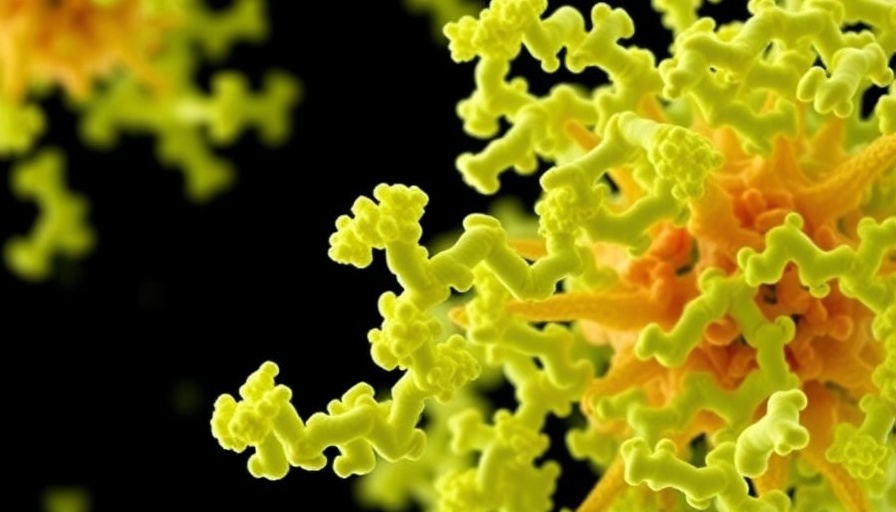
Understanding Protein Aggregation: A Common Thread in Neurodegenerative Diseases
Protein aggregation is a phenomenon that has garnered increasing attention due to its association with various neurodegenerative diseases, including Alzheimer’s, ALS, and Huntington’s disease. These diseases, primarily affecting older adults, are characterized by the accumulation of misfolded proteins that disrupt cellular function. Recent research has uncovered a potential mechanism linking these conditions, offering hope for new therapeutic approaches.
Investigating the Mechanism: Insights from C. elegans
A study conducted by the University of Cologne utilized C. elegans, a model organism in longevity research, to explore the underlying mechanisms of protein aggregation. The researchers focused on a specific signaling pathway involving two proteins: EPS-8 and RAC. As C. elegans age, EPS-8 levels rise, leading to the activation of RAC signaling, which has been shown to compromise neuronal health and decrease the organism's lifespan. The pivotal question was whether this aging pathway plays a role in triggering aggregation-related diseases.
Disrupting the Cycle: RNA Interference's Role in Preventing Aggregation
By employing RNA interference technology to knock down the eps-8 and rac genes, researchers observed notable reductions in the aggregation of protein variants associated with Huntington's and ALS. This suggests that interfering with this signaling pathway can hinder the aggregation process without diminishing the overall protein levels. This dual approach sheds light on a potential mechanism that could be manipulated to prevent misfolding before it leads to serious health consequences.
Implications for Aging and Longevity: Addressing Proteostasis
The findings resonate with the broader context of aging and the decline of proteostasis, defined as the network of cellular processes that maintain protein homeostasis. Proteostasis failure contributes to many age-related diseases, reflecting the importance of cellular environments that support proper protein folding and function. Strategies to manage or improve proteostasis could lead to innovative treatments that not only address neurodegenerative diseases but also enhance overall health during aging.
Future Directions: Expanding Research and Therapeutic Possibilities
This crucial research opens avenues for exploring therapeutic interventions that target the EPS-8/RAC pathway. Understanding the nuances of how proteins misfold and aggregate can aid in the development of drugs that could slow down or prevent the onset of diseases characterized by protein clumping. Moreover, this research could stimulate further studies, igniting discussions around preventative strategies targeting aging and longevity.
Connecting the Dots: The Importance of Public Understanding
For the age group most affected—individuals aged 30 to 65—it is vital to stay informed about advancements in medical research relating to neurodegenerative diseases. This knowledge not only enhances personal health literacy but also fosters a proactive approach to health and longevity. Engaging with these scientific developments is crucial in understanding how lifestyle choices and new treatments can shape health trajectories as we age.
As we conclude this exploration into the mechanism behind protein aggregation, the potential societal implications cannot be overstated. Keeping abreast of such scientific breakthroughs allows for more informed discussions and decisions regarding our health as we navigate the aging process. Continued research in this area could ultimately lead to significant strides in combating age-related diseases, ensuring a healthier future for generations to come.
 Add Row
Add Row  Add
Add 




Write A Comment